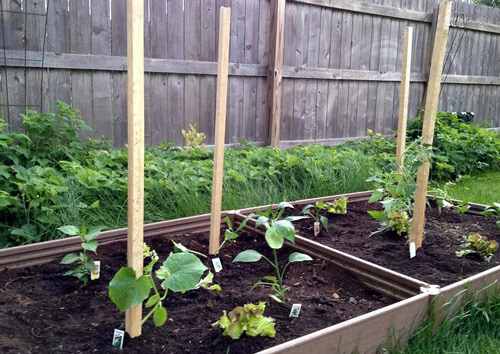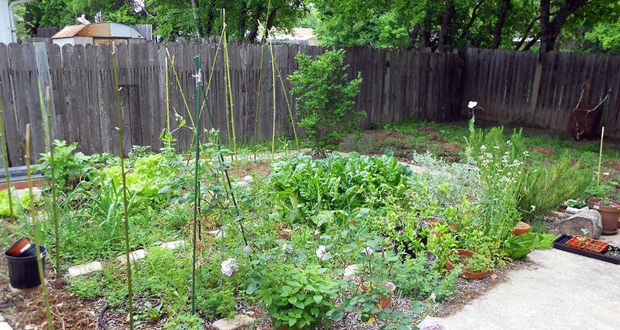When you’ve worked so hard on your garden, it can seem like such a waste to simply leave it there when it’s time to move. But what if we told you that you don’t have to leave your hard work behind.
The fact is that you can take your garden with you, but you must take into consideration a few things before you simply start digging up your plants. Therefore the following includes ten tips for moving your garden when you’re planning to relocate homes.
Choose the Right Season
If you can choose the season to move out, it is important to avoid moving during the summer months. This is because your plants are already extremely dry, especially from the roots. Removing them from their natural soil can quickly cut their water source and thus also cuts off important nutrients.
Doing so can ultimately kill the plant before you even have a chance to replant it. You may be asking which season is ideal for moving in. The best season to relocate your garden is anytime other than summer.
Plan Out Your New Garden Ahead of Time

Before you even begin to remove your plants, you should first go to your new location and begin to mark where every plant is going to go. This will allow you to avoid delays in placing your plants back into the ground. If you’re also removing your potted plants, then you must also have your pots with the soil read to go.
If you have no choice but to move during the summer months, you can take the proactive measure of watering the soil prior to replanting your garden. This will allow the plants to have an immediate water source the minute they go into the soil.
Take Your Time
Digging up your garden can be quite a time-consuming process, and thus homeowners should take their time digging out each plant carefully. You can utilize a small hand shovel to carefully dig around the plant and remove the roots with care. Once the plant is out with the roots, you should leave any soil that comes with it as it can act as root protection.
Transportation Ready
If you’re planning on using a moving service to relocate your stuff, then you’re going to need to take some proactive measures to protect your plants. First and foremost, you should make sure that you are labeling all your boxes. This allows the movers to know what boxes can be stacked and which need to be handled with care.
Next includes the day when you’re going to move. If you’re planning on shipping them to your new home, then you must avoid shipping them before the weekend. Certain carriers don’t operate during the weekend, and that means your plants could be sitting in a dark truck for two additional days.
Type of Vehicles to Use
Although sometimes a moving truck is all that you have at your disposal, it’s certainly not ideal. Trucks are dark and often won’t circulate enough air. This can cause a lot of harm to the plants. If you have room within your car, then that would be the best transportation option for them.
Understanding the Garden-Moving Laws
One of the most common misconceptions regarding plant transportation is that laws don’t matter unless you’re going out of the country. The fact is that many states are very strict regarding what type of plants can come into the state.
This is often due to the type of economy the state has. Certain plants can attract destructive pests into the area. Always check the USDA website for further information regarding your new state, and you can check this site about moving plants across state lines too.
Trim Your Garden Plants
Before removing your plants, it is recommended to trim as much of the dead stems or foliage as possible. If you do this, you can greatly lower your plants’ risk of being damaged during the moving process.
Choosing What Stays & What Comes with You
When we talk about garden relocation, it doesn’t mean that you should automatically take every single plant and tree that you have. You can choose to leave certain plants behind that may not be worth the time and effort of relocating. Simple plants that can be easily grown with little to no effort can be left behind.
Time to Get to Planting
Great, now you’ve arrived at your new home, and all your plants are with you. So, what’s the next step? Replanting is obviously the first thing you should start doing, but how should you go about doing this? First, ensure that your soil is wet enough for your plants.
This means going overboard and really getting the deep soul wet. Remember, your plants have gone through a tough time and therefore need water quick. It should be noted that you must dip the roots of your plants into water before planting them.
Reduce Plant Stress
The reality of moving plants is that the job isn’t done once you get to the new house. Because plants are so sensitive, they will have experienced a lot of stress during the moving process.
In order to reduce this stress as much as possible, you will need to ensure that you do two things. First is to provide them with enough shade, and the second includes watering them until you notice that they are once again growing.





